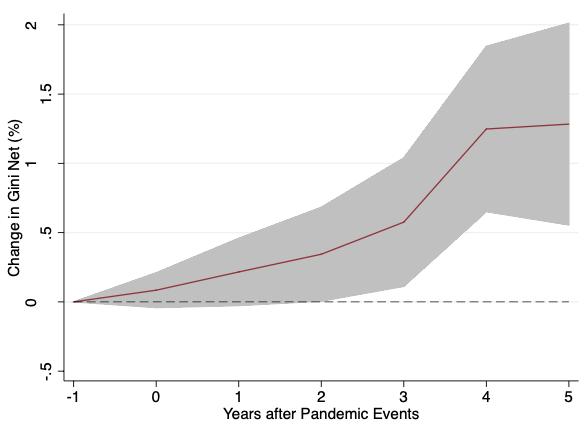Sample Collection and Permitting.
Sequencing a genome often requires a tissue sample from the species, and most countries have regulations governing the collection of biological samples for research. EBP’s work, by its nature, is international in scope; a great number of species are endemic to only a single country or very few (3). This means that EBP researchers, at least today, are frequently tasked with collecting samples in one jurisdiction and preparing and sequencing them in another. As discussed later in this paper, fostering the sequencing of species in the country in which they are found is a future project goal.
Many countries have biological permitting restrictions for engaging in species sample collection, some of which are the consequence of international treaties, while others are entirely domestic in nature. The Convention on International Trade in Endangered Species of Wild Fauna and Flora (CITES) is perhaps the best-known of such international treaties in this regard and regulates the import, export, and reexport of International Union for Conservation of Nature (IUCN)-listed endangered species and derived materials without prior permitting from their respective source countries (4). Beyond CITES, a number of other legal frameworks operate similarly, including the Migratory Bird Treaty Act (implementing separate conventions among Canada, Mexico, Japan, and Russia) (5), the Marine Mammal Protection Act (6), and the African Elephant Conservation Act (7).
Supranational jurisdictions, such as the European Union, have a host of similar limitations among their respective member nations (8). In addition, biological samples sourced from Antarctica, specifically, are subject to governance under the Antarctic Treaty System, which encompasses not only the Antarctic Treaty, which came into force in 1962 and now has 54 members, but also over 200 separate requirements, including those in the Protocol on Environmental Protection to the Antarctic Treaty (9). Marine samples have yet further sampling and permitting restrictions, governed in many instances by the United Nations Convention on the Law of the Sea (UNCLOS) (10) or, in the special case of cetaceans, the International Convention for the Regulation of Whaling (ICRW) (11).

Some jurisdictions, meanwhile, have purely domestic permitting requirements for species of significant national interest, such as the United States Bald and Golden Eagle Protection Act (12), and yet others may institute special national permitting processes for foreign researchers regardless of the particular species to be collected (13). In addition, some permitting processes may include requirements pertaining to vouchering—requiring a third party to maintain an archetypal specimen in an accessible collection (14).
Assessing compliance with this web of legal obligations is complex, but necessary, and EBP researchers will need to take a systematized, species-by-species, sample-by-sample, and jurisdiction-by-jurisdiction approach to ensure compliance with these laws. The costs, in terms of researcher time and effort, are likely to be nontrivial. Nonetheless, many of the protections instituted in the above laws were put in place precisely to avoid the exploitation of biological resources that is currently contributing to the global decimation of biodiversity. Others, meanwhile, are geared to share the benefits of biodiversity as a solution to extractive biocolonialism. A principal goal of EBP is to halt, if not reverse, the global decline in biodiversity; circumventing restrictions on sample collection, aside from being illegal, may be counterproductive in the context of creating benefits for society and human welfare.




